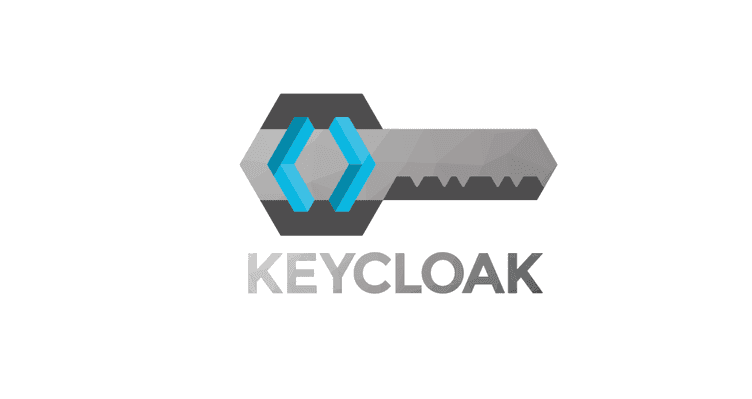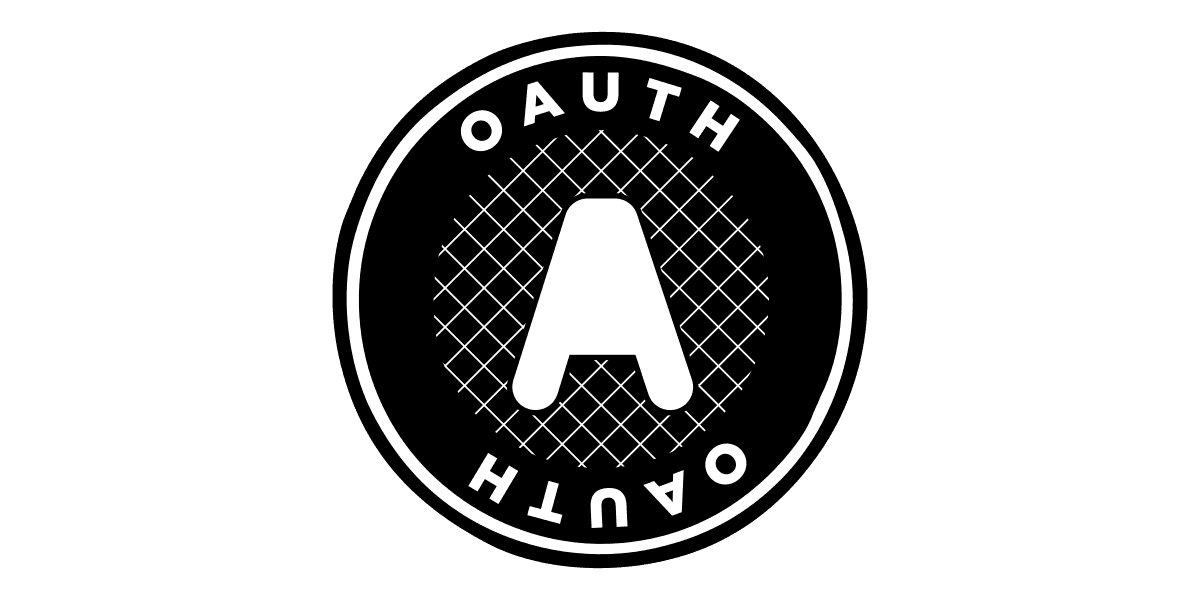
Keycloak Introduction: Simplifying Identity and Access Management

What is Identity and Access Management (IAM)?
IAM refers to a framework of policies, processes, technologies, and tools that facilitate the management of identities and their access to various resources. In simple terms, IAM allows to control who has access to what, when, and under which conditions.
IAM systems play a crucial role in ensuring data privacy, protecting sensitive information, preventing unauthorized access, and complying with industry regulations and standards.
Introduction to Keycloak
Keycloak is an open-source Identity and Access Management (IAM) solution developed and maintained by Red Hat. It is designed to provide a comprehensive set of features and functionalities that enable to manage user identities, secure applications, and implement robust access controls.
At its core, Keycloak serves as a centralized authentication and authorization server that can be easily integrated with various applications and services. It simplifies the process of securing applications and APIs by offering standards-based protocols like OAuth 2.0, OpenID Connect, and SAML (Security Assertion Markup Language).
Keycloak Key features and capabilities
Keycloak comes with a set of powerful features. Some of its key features include:
- Single Sign-On (SSO): Keycloak supports SSO, allowing users to log in once and gain access to multiple applications and services without the need to re-enter credentials. This enhances the user experience while improving security by reducing the number of exposed authentication points.
- User Federation: Keycloak allows organizations to integrate with existing user repositories, such as LDAP (Lightweight Directory Access Protocol) and Active Directory, through user federation. This ensures seamless integration with the organization's existing user management infrastructure.
- Identity Brokering: With Keycloak's identity brokering capabilities, it becomes possible to connect to external Identity Providers (IdPs), such as Google, Facebook, or Twitter. This enables users to log in using their existing social media accounts, making the authentication process more convenient.
- Multi-Factor Authentication (MFA): Keycloak supports various MFA methods, adding an extra layer of security during the authentication process. MFA options can include one-time passwords (OTP), email or SMS verification, and biometric authentication.
- Role-Based Access Control (RBAC): Keycloak enables organizations to implement fine-grained access controls by defining roles and mapping them to users or groups. This RBAC feature ensures that users only have access to the resources and functionalities they require for their roles.
- User Self-Service and Account Management: Keycloak offers user self-registration and self-service capabilities, allowing users to manage their own profiles, reset passwords, and update personal information.
- OAuth 2.0, OpenID Connect, and SAML Support: Keycloak is built upon the OAuth 2.0 and OpenID Connect protocols, which are widely adopted standards for securing APIs and providing user authentication and authorization. Additionally, Keycloak supports the SAML standard, which allows seamless integration with SAML-based identity providers and service providers.
Advantages of using Keycloak for IAM
Keycloak brings several advantages to the table, making it a compelling choice for organizations seeking an IAM solution:
- Open Source and Community-Driven: Keycloak's open-source nature means that organizations can use it without licensing costs. Additionally, a strong community actively contributes to its development, ensuring ongoing improvements and updates.
- Scalability and Performance: Keycloak is designed to be scalable, making it suitable for organizations of all sizes. It can handle a large number of users and applications without compromising performance.
- Security and Compliance: By leveraging industry-standard protocols and security best practices, Keycloak ensures a high level of security. It also supports compliance with data protection regulations, which is crucial for organizations dealing with sensitive user data.
In an upcoming post, we will delve deeper into Keycloak's architecture, installation, configuration, and various features.


